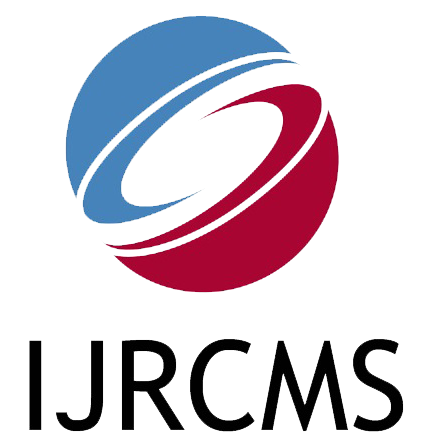| Title: HOW EFFECTIVE AND EFFICIENT ARE THE NEW “PROGRESSIVE” PUBLIC POLICIES? |
| Authors Dr. Ioannis N. Kallianiotis |
| Abstract: In this work we deal with the recent (1995-2024) Federal Reserve operated monetary policies, which were two unprecedented and distinct monetary policy regimes. They were, the inflation stabilization era (1995-2008) and the zero-interest rate era (December 15, 2008-December 15, 2015) and again (March 15, 2020-March 15, 2022), plus the current corrective period (March 16, 2022-present). These different monetary policy regimes provided various outcomes for interest rates, financial markets, inflation, cost of living, employment, international trade, and real economic growth. Then, a new “progressive” fiscal policy was imposed in 2021. Some of the important, but not so beneficial results are that monetary policy appears to be able to affect long-term real interest rates, risk, the prices of the financial assets (bubbles), inflation, and very little the real economic growth. The Fed’s interest rate target was set during these nine years at 0% to 0.25%. It has created a low level of long-term interest rates and the negative real rate of interest (cost of capital), due to double digit inflation and a negatively sloped yield curve. The evidence suggests that these public policies are not very effective; they have created a new and continued bubble in the financial market, perpetuated inflation, enormous deficits and debts, a redistribution of wealth from risk-averse savers to banks and risk-taker speculators, and a huge social cost (bail-in and bail-out cost), an endless vicious cycle. This unfair and anti-social monetary policy has increased the risk (RP) to the risk-averse depositors by making the real rate of interest negative and the cost to taxpayers with the IOR and the IONRRP. The effects on growth and employment of both public policies (monetary and fiscal) were gradual, small, and questionable, due to exaggerated liquidity, outsourcing, unfair trade policies, the suspicious COVID-19 pandemic, liberalism, the obsession with the “environment”, the “war” against fossil energy, the enormous inflow of illegal immigrants, the new wrong ideologies, the control of human beings, the wars in Ukraine, Palestine and Lebanon, the division among the political parties and the unethical campaigns for the presidential elections, and other restrictions and “innovations”, which increased uncertainty, the cost of production and generated enormous deficits and debts. |
| Keywords: Monetary Policy, Central Banks and Their Policies, Money and Interest Rates, Financial Markets and the Macro-economy, Model Evaluation and Testing, Social Welfare |
| DOI: https://doi.org/10.38193/IJRCMS.2024.6521 |
| PDF Download |
| Date of Publication: 05-11-2024 |
| Download Publication Certificate: PDF |
| Published Volume & Issue: Volume 6 Issue 5 Sep-Oct 2024 |
International Journal of Research in Commerce and Management Studies (IJRCMS)
ISSN 2582-2292, An open access bi-monthly e-journal
